Summer 2024
By Polly Dean
Photos by Jimmy Jacobs
Black bass, specifically largemouth, are the most sought-after species in North America. Found in all of the 48 contiguous states and the largest of the bass species, it is no wonder that the largemouth garners so much attention. Smallmouth bass are almost as equally dispersed, also sharing the greater portion of popularity among the black bass species.
The answer is arguable as to how many species of black bass exist. Depending on whom you ask in the scientific community, there really is no definite number. There is much diversity in the black bass genus of Micropterus, with a number of species belonging to extremely limited geographic locations.
However, there are nine species that most experts are in agreement on: Alabama bass, Florida bass, Guadalupe bass, largemouth bass, redeye bass, shoal bass, smallmouth bass, spotted bass and Suwannee bass.
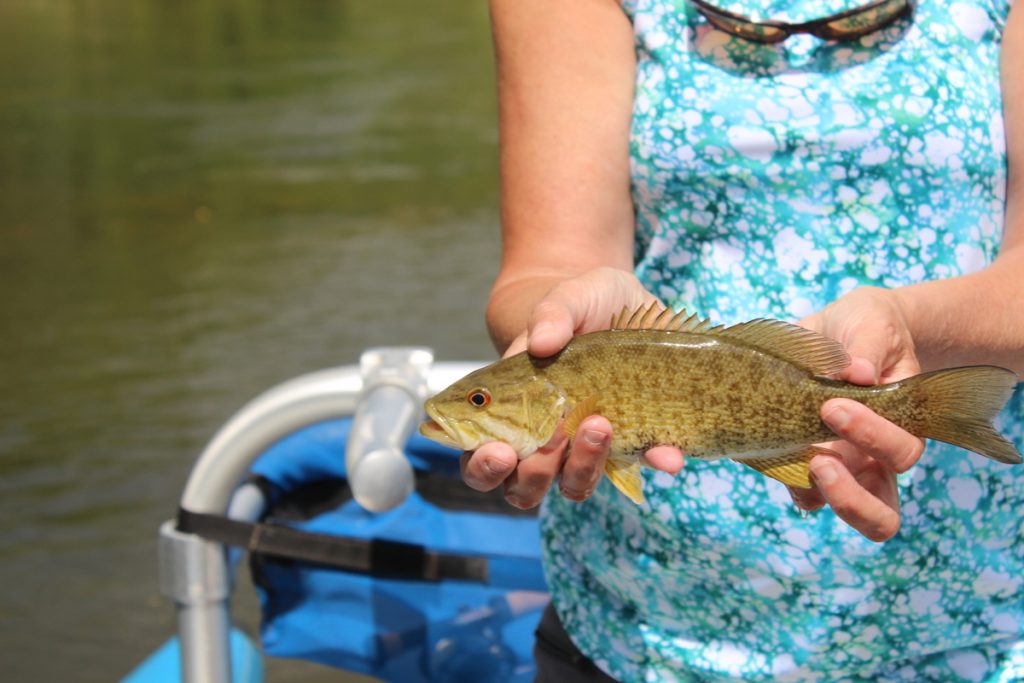
Smallmouth Bass
Beyond these, the picture gets muddy, with genetics and geography playing a role in identifying subspecies.
Though receiving less recognition, anglers familiar with these species realize the angling value they provide. Many are found in rivers and moving water, adding to their feistiness, making them especially appealing to light tackle fishermen.
Alabama Bass
Micropterus henshalli
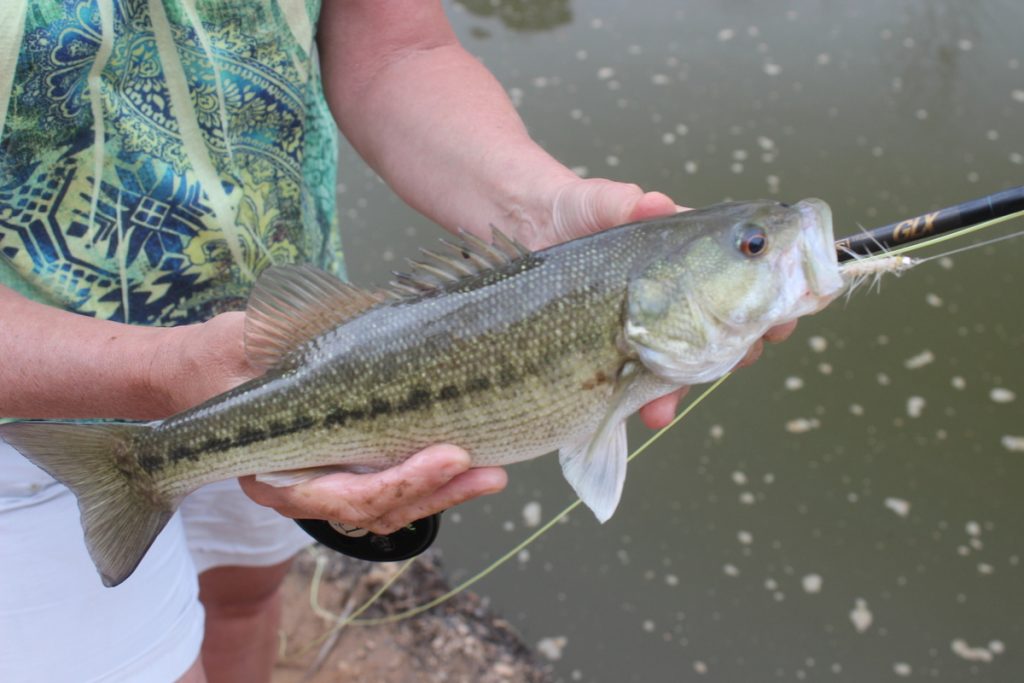
Alabama Bass
Alabama bass are native to the Mobile River drainage of Alabama, Georgia and Mississippi. Also introduced in lakes and rivers of other states, California holds the record for this species with a 10-lb. 4-oz. fish from Pine Flat Lake. Their preferred habitat is flowing pools and runs of small- to medium-sized rivers over silt, sand, or gravel.
The species is so similar to the spotted bass (Micropterus punctulatus,also known as Kentucky bass) species, that it was formerly considered a subspecies of spotted bass. Today they are lumped together by many fisheries biologists. However, growth rates of Alabama bass exceed that of spotted bass, with Alabama bass commonly exceeding 20 inches in length versus 16 inches for spotted bass.
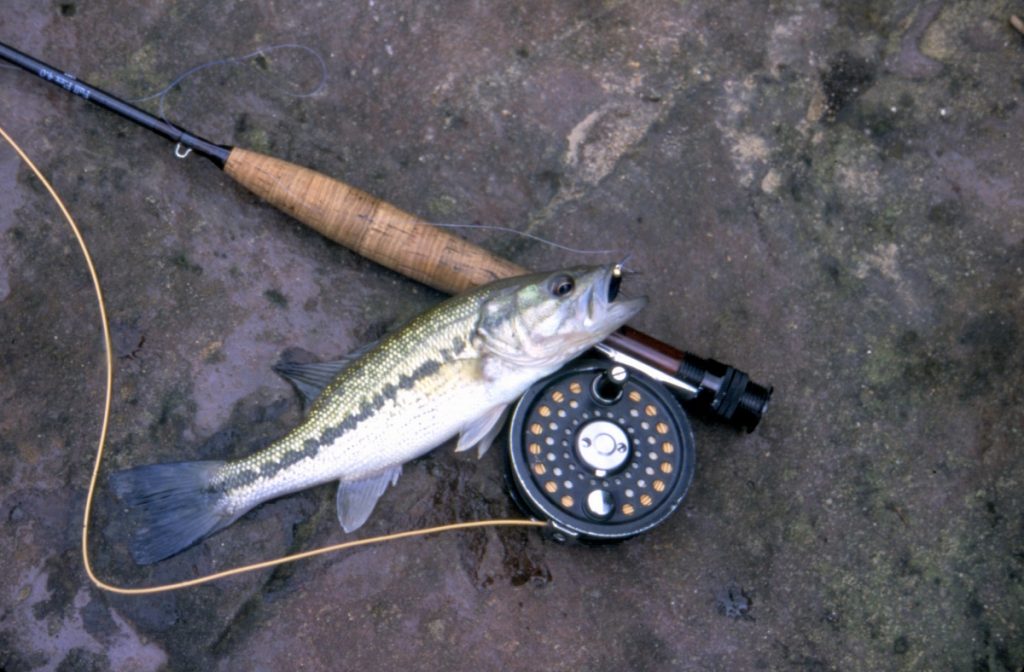
Spotted Bass
A distinguishable characteristic of Alabama bass is that the blotches above the lateral band do not touch the first dorsal fin, whereas on the spotted bass the blotches do touch the first dorsal fin.
Florida Bass
Micropteus floridanus
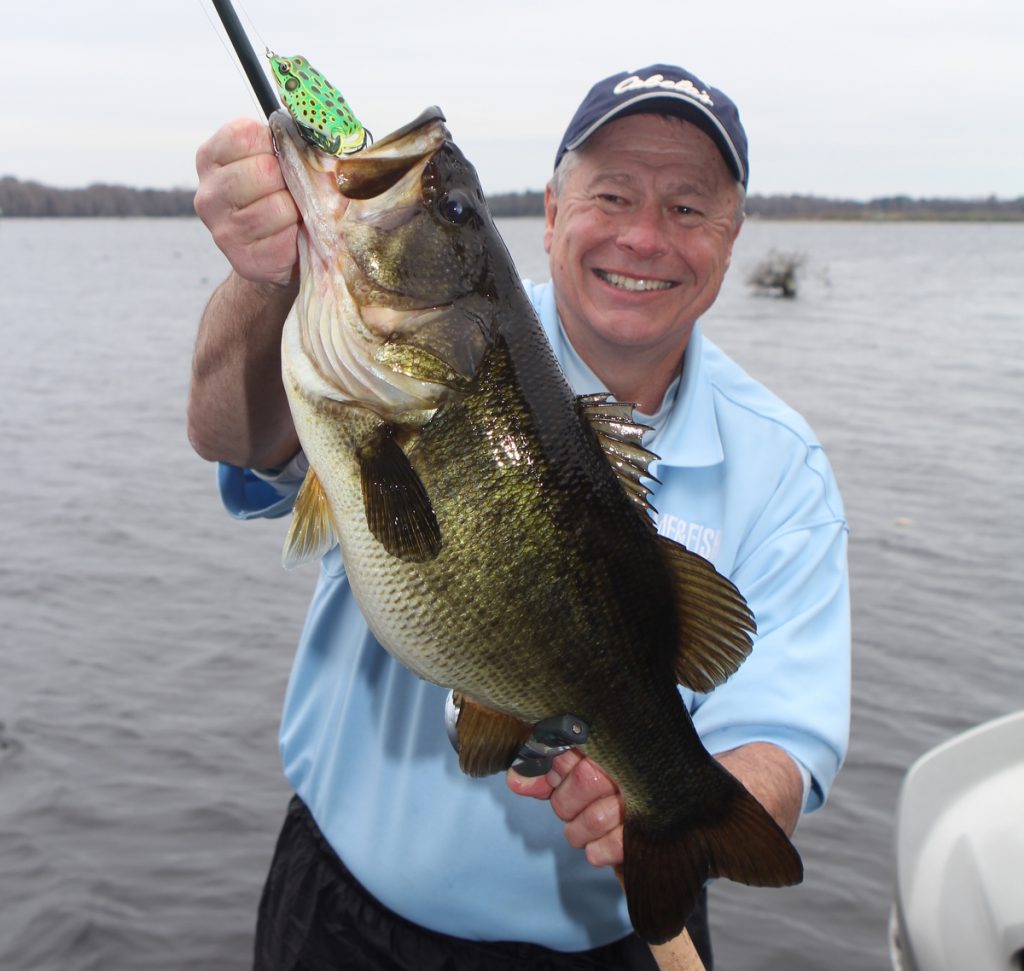
Florida Bass
Often referred to interchangeably with largemouth bass, the Florida bass is actually another species. Bass anglers, especially in Florida, know that these fish have a longer life span than their slightly smaller cousin, the largemouth, thus growing a few pounds larger.
Due to their trophy value, Florida bass and their hybrids with largemouth have been introduced throughout the southern United States from Florida to California, and all continents except Antarctica.
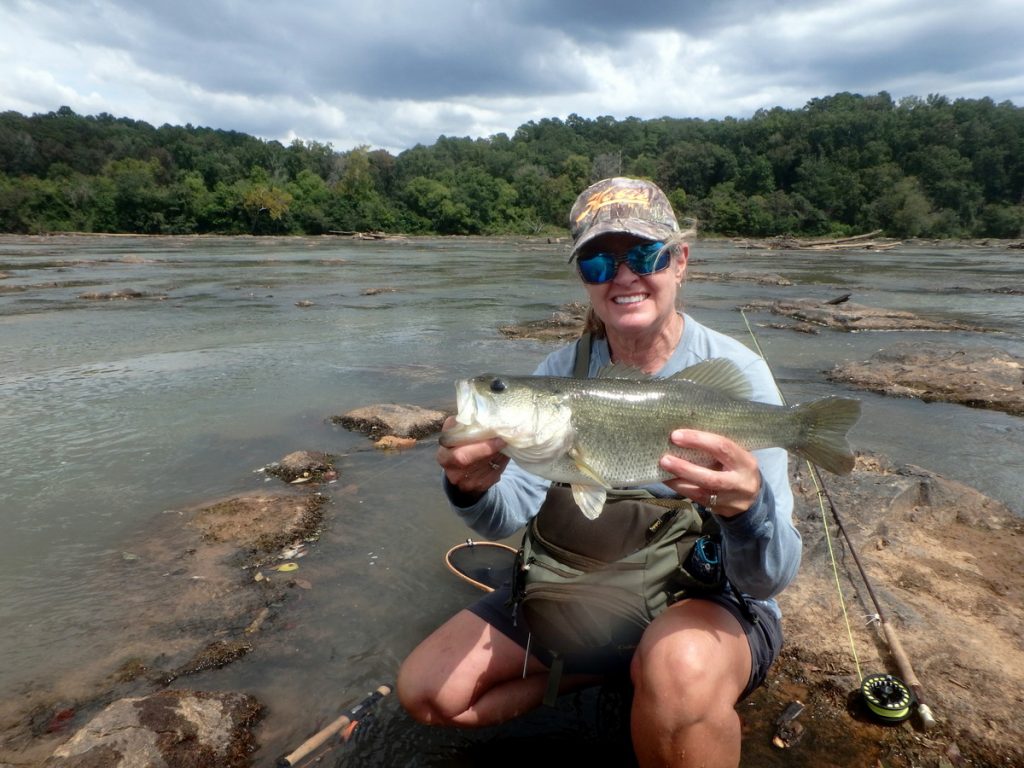
Largemouth Bass
Weighing in at 22 pounds., 4 ounces, and tied for the world record with a fish taken in Japan, is a largemouth caught in south-central Georgia by George Perry in 1932. That fish is believed by many to be a hybrid of Florida bass and largemouth.
Guadalupe Bass
Micropterus treculi
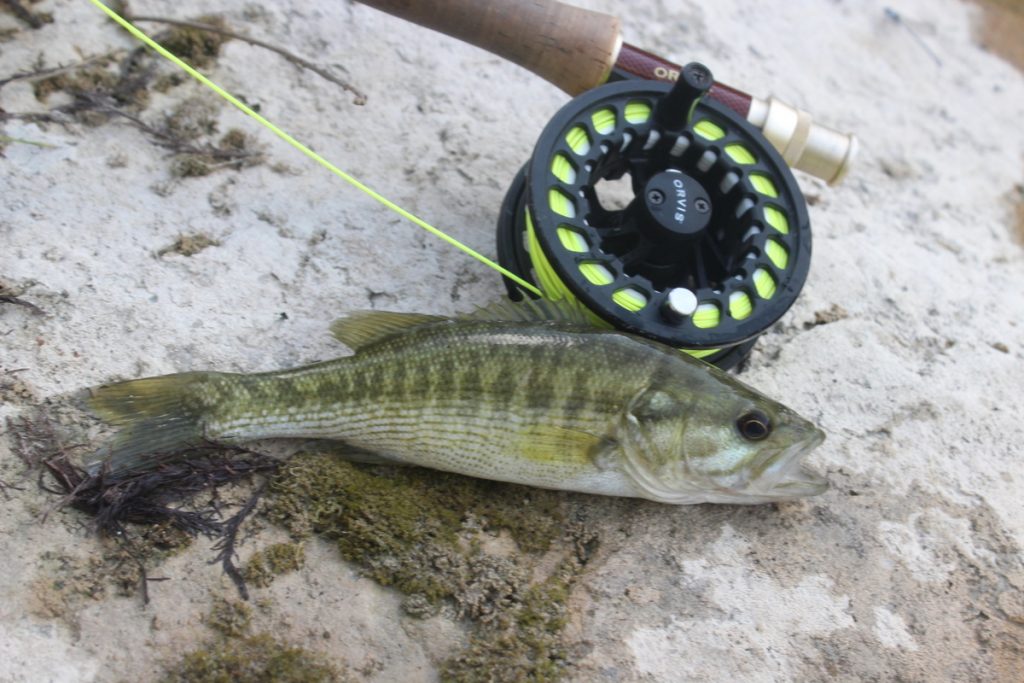
Guadalupe Bass
The Guadalupe bass, found only in Texas, is their official state fish. This small member of the black bass family is endemic to the northern and eastern Edwards Plateau including the San Antonio River, the Guadalupe River, the Colorado River, and portions of the Brazos River drainage. Relatively small populations are also found in the lower Colorado River. Introduced populations exist in the Nueces River system.
Unfortunately, the introduction of smallmouth bass has diminished pure Guadalupe bass from the Blanco and the South Concho Rivers.
Due to their adaptation for small streams, Guadalupe bass remain small in size. However, a propensity for fast flowing current and their ability to utilize fast water to their advantage when hooked, make them a desirable sport fish species.
Guadalupe bass tend to stay in pools and raffles or hiding behind rocks where they congregate and wait to ambush prey fish. They are not afraid of rapids and when found there, are often found near eddies. They can also be found in turbid downstream sections of rivers that have gravel riffles and at heads of deep pools.They also seek out cover such as large rocks, cypress knees and stumps for refuge.
A specimen greater than 12 inches is considered a trophy. The world record is a 17-inch, 3.71-pound fish caught in the Colorado River below Austin in 2014.
The Guadalupe bass is generally green in color and may be distinguished from similar species in that it doesn’t have vertical bars like smallmouth bass, its jaw doesn’t extend beyond the eyes as in largemouth bass, and coloration extends much lower on the body than in spotted bass.
Redeye Bass
Micropterus coosae
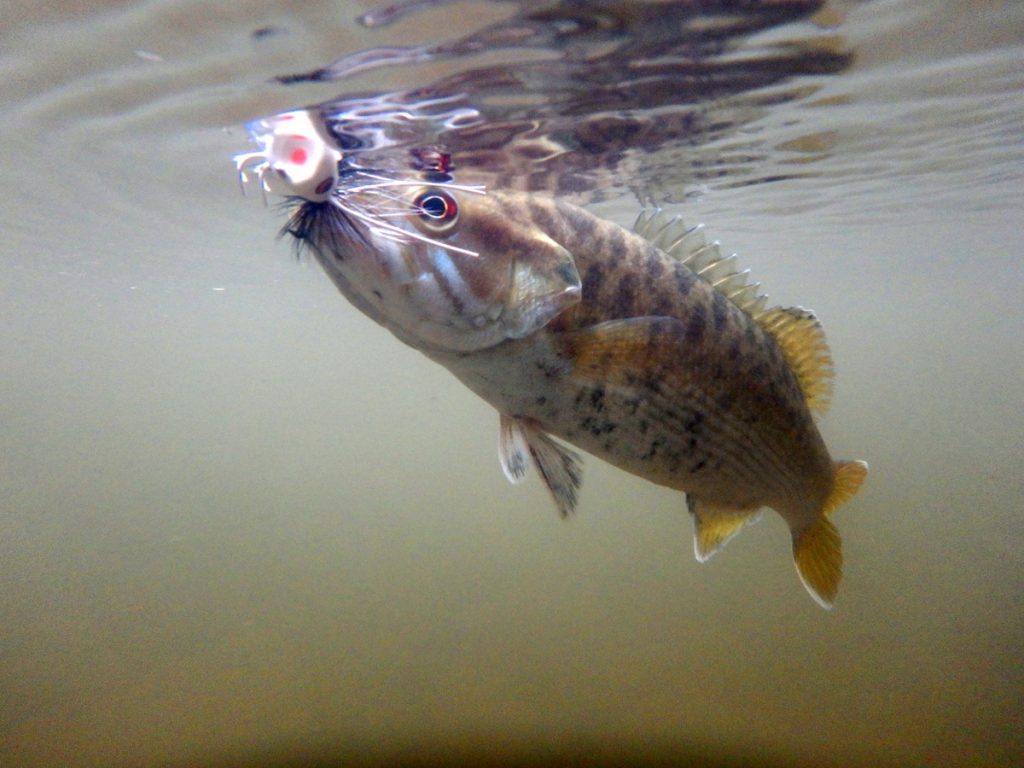
Redeye Bass
Redeye are a smaller species averaging 5 to 16 inches in length. A 12-inch catch is a good one. They are olive green to bronze with pale bellies, have a series of dark vertical blotches along their sides that usually disappear with age, and have numerous small dark spots below the lateral line that form horizontal rows. The dorsal fin is continuous and not deeply notched, and lateral blotches do not form a horizontal band. Redeye bass differ from all other bass species in that the second dorsal, caudal, and anal fins have brick red coloration on the outer portions with white edges.
Originally, restricted to Alabama, Georgia, South Carolina, North Carolina and Tennessee. The range occupied mostly of upland streams and rivers. Redeye’s are currently found in several states to the north and west (Kentucky, West Virginia, Arkansas), and also California and Puerto Rico.
Redeye bass are ambush predators and like to use cover and current breaks to their advantage. Work your bait around these types of cover. Target areas behind and in front of large rocks that break the current. Also look for trees laying in the water around deep pools.
Redeye bass are scrappy fighters that eat other fish and crayfish. Try starting off with a 4inchinch finesse worm on an 1/8-ounce shaky head. Others may prefer a small minnow bait such as a floating Rapala, or a spinnerbait such as a Satilla spin, Roostertail, or a popping bug on a fly rod.
Species within the redeye family that are recognized by various state fisheries agencies are cahabae, chattahoochae, tallapoosae and warriorensis.
Shoal Bass
Micropterus cataractae
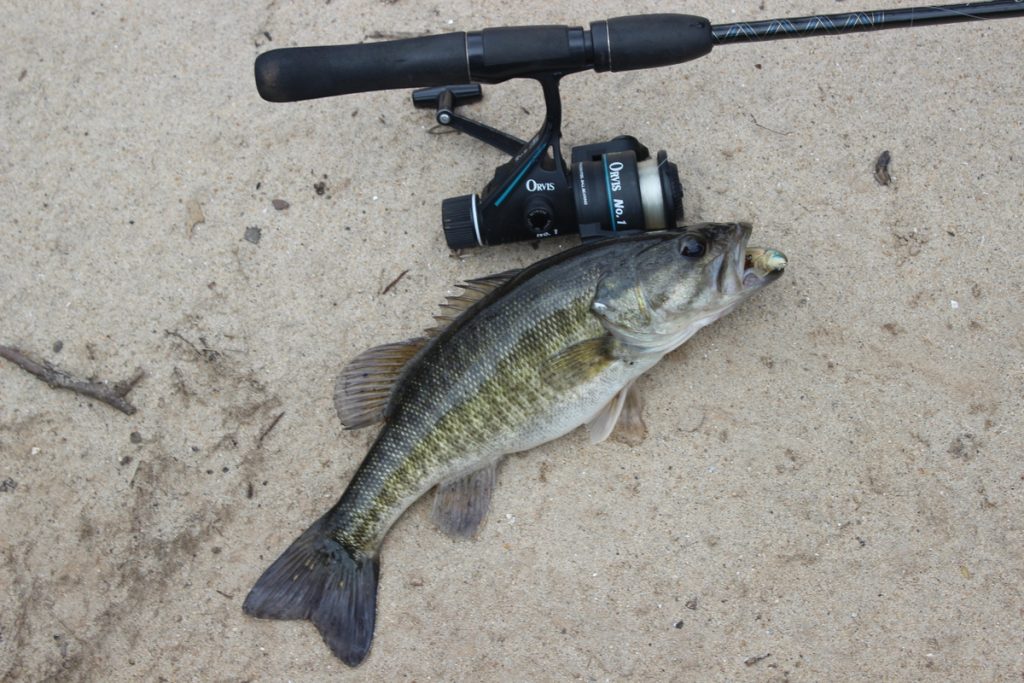
Shoal Bass
Shoal bass are native to the Apalachicola drainage, which includes the Chattahoochee, and Flint River in Alabama and Georgia and the Apalachicola and Chipola River in Florida. They were introduced into the Ocmulgee River and have expanded down into the Altamaha River.
Averaging 12 to 24 inches as an adult, Shoal bass are found around current breaks near flowing water. This can be in the middle of a big shoal, in a deepwater bend of the river with large boulders or on the bank behind a tree in the water. Due to their preferred habitat in moving water, they put up a great fight when hooked.
Habitat degradation is a threat and populations are declining within their native range in Alabama. A greater concern are the issues of outbreeding and hybridization with the spotted bass.
Shoal bass are olive to bronze with pale bellies. they have a series of dark vertical blotches along their sides that may fade with age, and have numerous small dark spots below the lateral line that may form horizontal rows. Unlike largemouth bass, the dorsal fin is continuous and not deeply notched. They are most similar to redeye bass, but do not have any red coloration on the fins or pale margins on the tail. They usually have a large dark spot at the base of the tail, distinguishing them from smallmouth bass.
Shoal bass can be caught on a variety of lures. Just about anything that will work with a largemouth will also work on shoal bass. “I’ve always had a soft spot for soft plastics, so that is what I typically throw. Spinner baits, buzz baits, topwater baits, jerkbaits, crankbaits, and jigs have all produced shoal bass for me at one time or another but I never go shoal bass fishing without some plastic worms,” says John Biagi, former Georgia fisheries chief.
Suwannee Bass
Micropterus notius
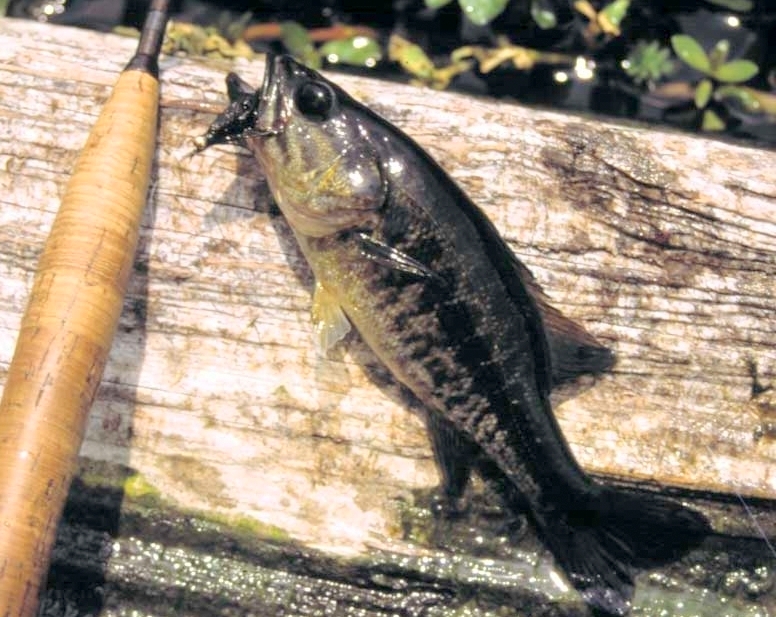
Suwannee Bass
Found in the Ichetucknee, Sante Fe, St. Marks, Suwannee, Wacissa and Wakulla rivers of Florida, and the Alapaha, Ochlockonee and Withlacoochee rivers of Florida and Georgia, the Suwannee bass has the smallest range of the black basses.
Females grow more rapidly, attaining larger sizes up to 16 inches or more. Males may surpass 13 inches. The world record is a 3.89-pounder from the Suwannee River in 1985.
Suwannee’s prefer deep sweeping bends. Larger adults are known to hang out in woody cover similar to the way a largemouth does. Target structure in the river such as Cyprus trees, boulders or laydowns. Don’t be afraid to cast out in the middle of the river channel for Suwannee’s as they can be anywhere in these smaller rivers.
Suwannee bass are known for their love of eating crawdads, so jigs or crayfish imitating soft plastics will do the trick. Dark colored plastic crawfish and brush hog imitations rigged Texas style with a 1/4- to 3/8-ounce weight depending on the flow. Small spinners like Rooster-tails and mini crank-baits work well on light spinning gear filled with 8-pound test.
Suwannee bass have a series of dark, vertical, diamond shaped blotches along the lateral line, which may form a band. Mature Suwannee bass may have bright bluish coloring on the cheeks, breast, and ventral parts. Unlike largemouth bass, the upper jaw does not extend beyond the eyes and the dorsal fin is continuous and not deeply notched.
Additional Black Bass
The list of black bass species is even longer than those mentioned here and continues to grow as biologists study the populations. Some species are recognized solely by the drainage they live in and most can only be identified with genetic testing.
Other species such as Coosa, Warrior, Cahaba, Tallapoosa, and Chattahoochee bass (labeled based on their respective drainages) were once recognized as redeye bass.
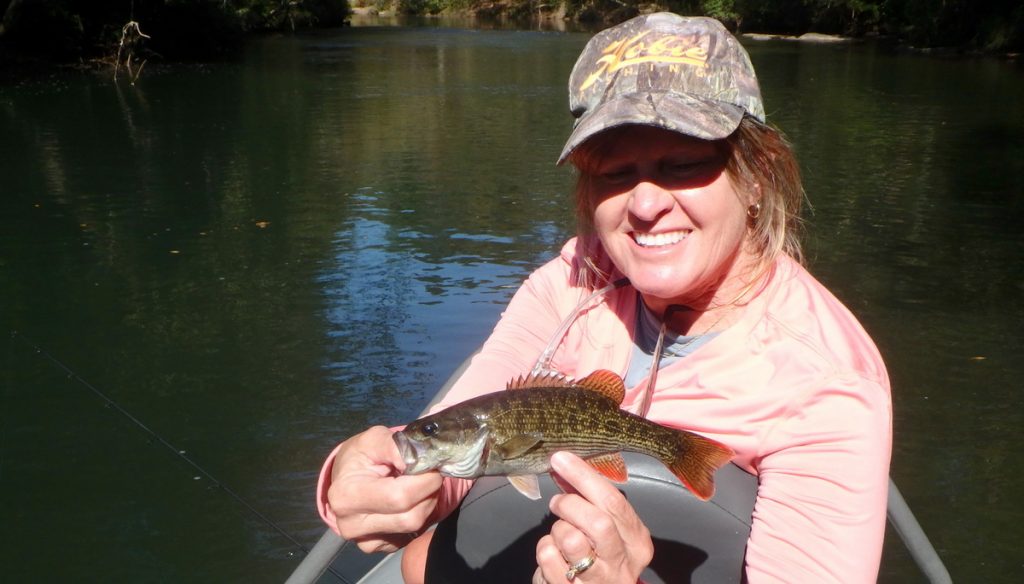
Chattahoochee Bass
Choctaw bass are another species that had not been recognized for decades. Biologists and anglers had not realized this bass, which inhabits coastal river systems in the western Florida Panhandle and Alabama, was actually distinct from the spotted bass. Choctaw bass can usually be distinguished from other basses by counting scales, fin rays and gill rakers, which are comb-like projections inside the gills. Foolproof identification, however, requires genetic testing.
Also, in the upper Savannah River system, the Bartram’s bass is another species that is awaiting official certification.
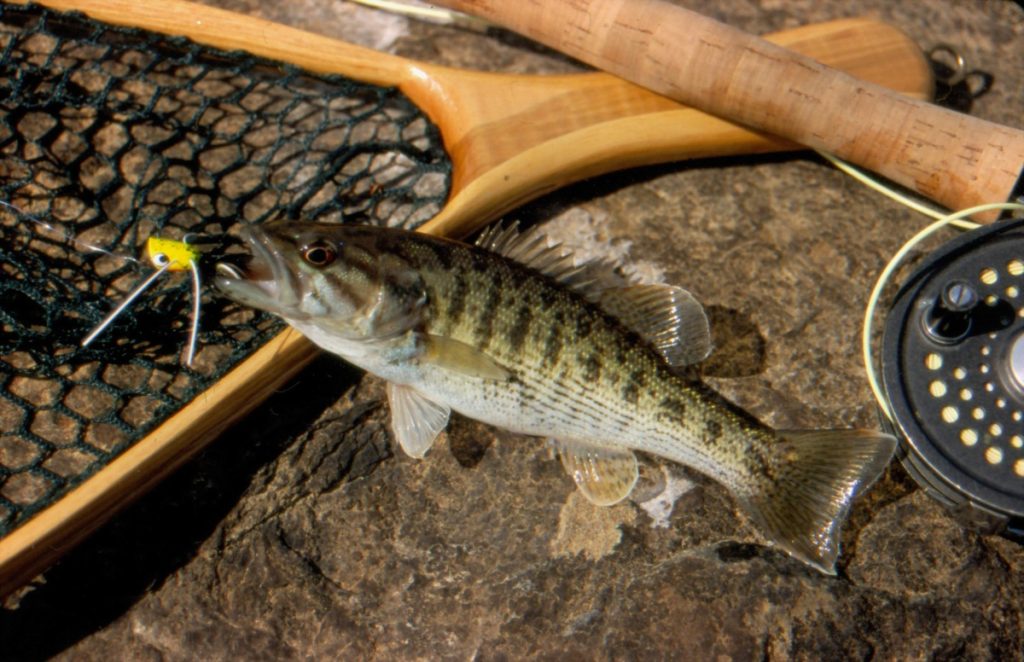
Bartram’s Bass
Spotted bass, a popular gamefish, are quite common after being introduced into numerous water systems beyond their native drainages. One disturbing conservation issue facing fisheries managers today is rapid loss of smallmouth and other Micropterus species, when spotted bass are introduced into existing fisheries, due to hybridization or crowding out of other species.
Georgia: Black Bass Capital of the World
Today, the Georgia Department of Natural Resources recognizes ten species of black bass in Georgia. So, it is no surprise that many consider the Peach State to be the “Black Bass Capital of the World.” To promote this special designation, the DNR created the “Georgia Bass Slam” program.
The Georgia Bass Slam was established to promote Georgia’s great bass fishing and recognize anglers who have the skill to catch bass in a wide variety of habitats. “Georgia has some of the best and most diverse bass fishing in the world and the slam will increase interest in conservation and wise use of our great bass resources,” said Scott Robinson, Fisheries Operations Manager, Wildlife Resources Division.
The ten black bass species recognized by Georgia are the largemouth, smallmouth, spotted, shoal, redeye, Chattahoochee, Altamaha, Bartram’s, Suwannee and Tallapoosa bass. The Georgia DNR awards anglers that catch at least five of the ten eligible species, and submit all required information by the end of each calendar year. GeorgiaWildlife.com/fishing/angler-resources/GeorgiaBassSlam
Polly Dean is an award-winning writer, photographer, angler and hunter, who makes her home in Athens. She is a member and past president of the Georgia Outdoor Writers Association. Polly is the Associate Editor of On The Fly South. She can be contacted at pollydean22@gmail.com.